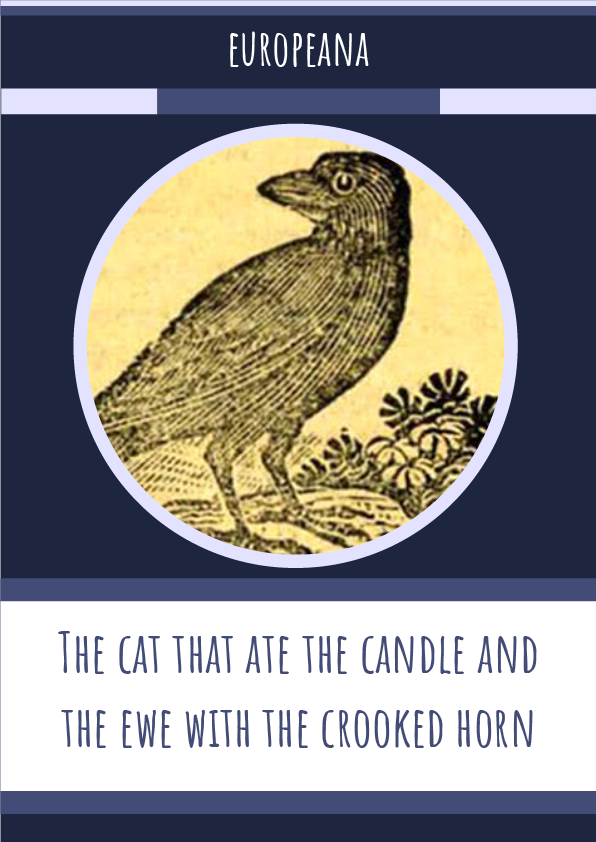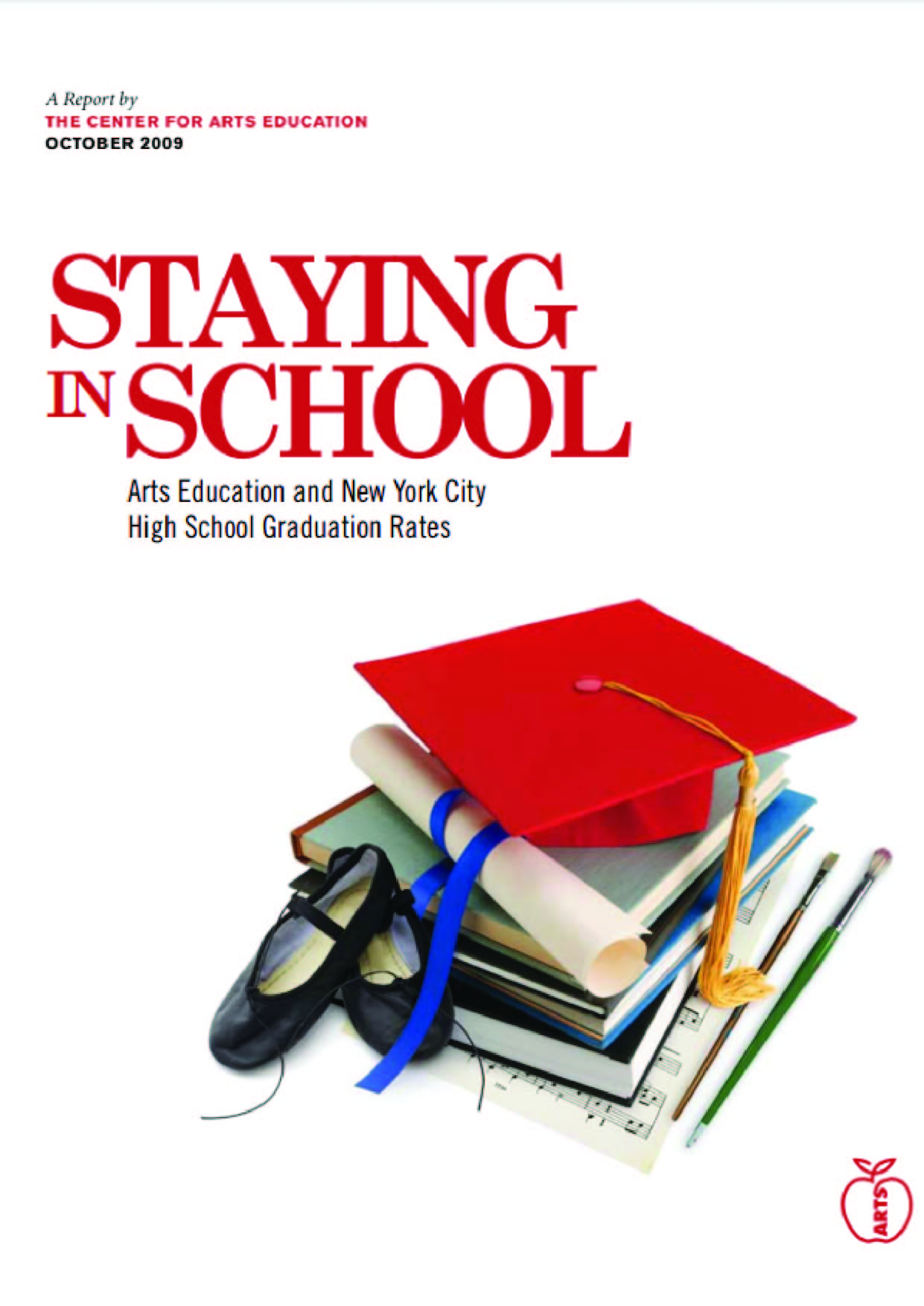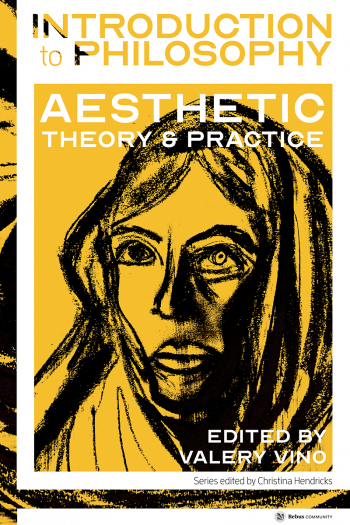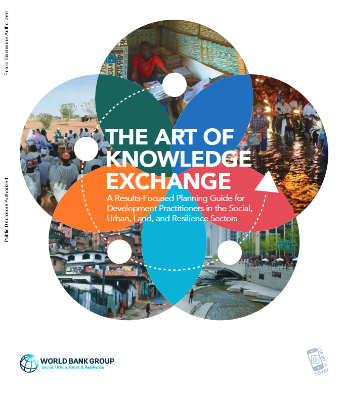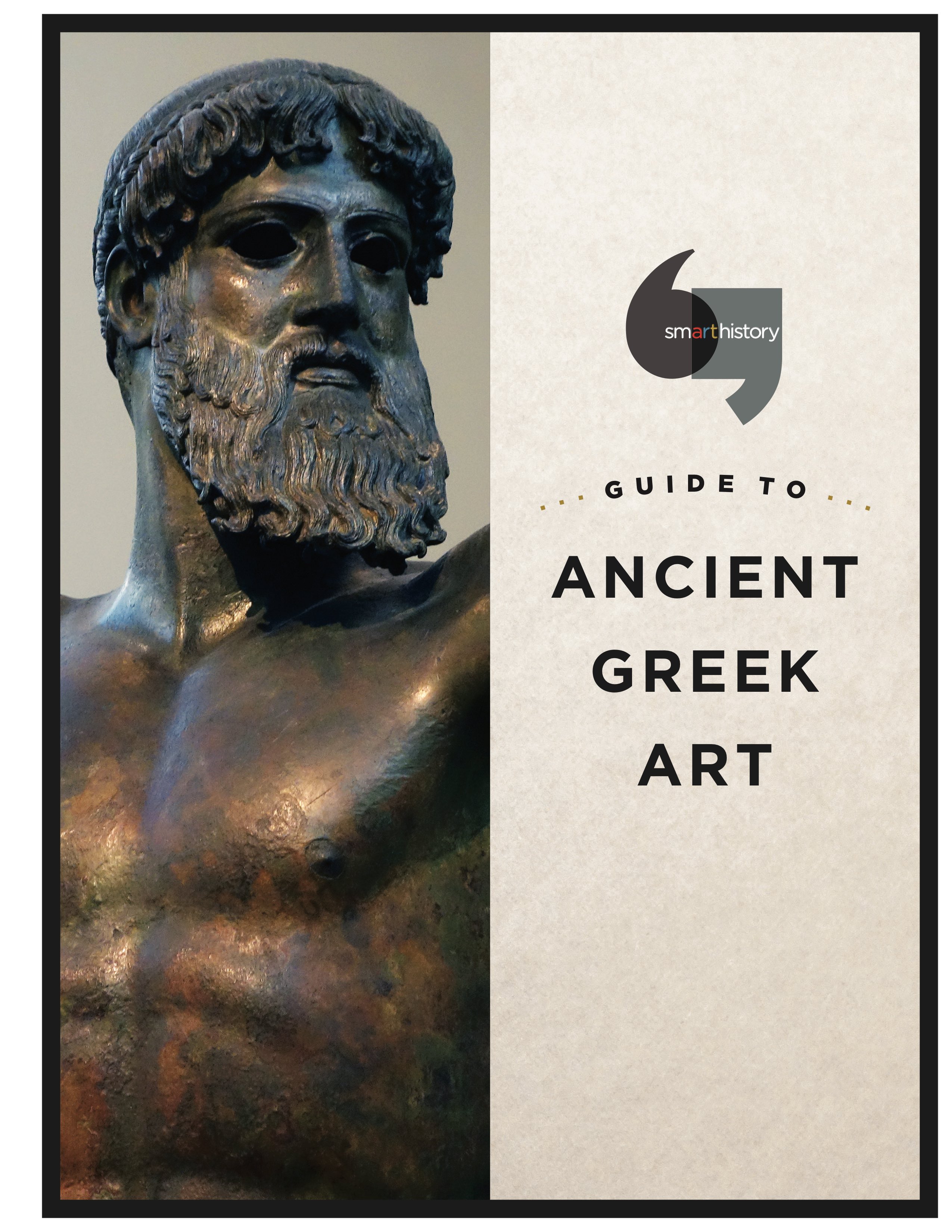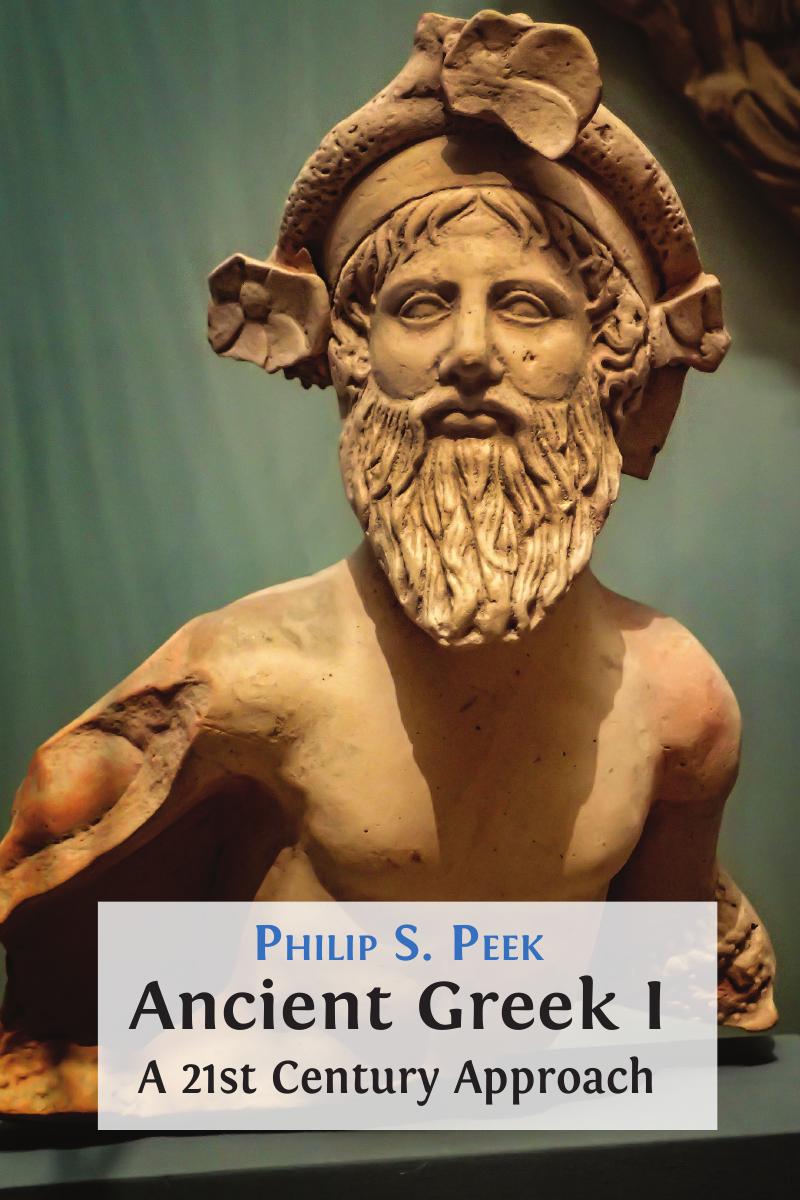After a nice journey through Europeana Sounds items related to goats , let’s continue our series on animals and sounds with some fascinating resources held by the Irish Traditional Music Archive (ITMA).
In his insightful publication A handbook of Irish music (Dublin, 1928) Richard Henebry (1863–1916) draws a comparison between innate animal sounds and aspects of melodic structure in Irish traditional music. In particular, he refers to the descending nature of birdsong such as a warbler, a crowing cock or the lonesome howl of a dog, in what he describes as ‘the pleasing pain of sadness’ shared by animal and human alike.
A cursory glance at the vast resources held by the ITMA is sufficient to uncover a wealth of animal-related tune and song titles. As a predominantly agrarian society until the mid-20th century, awareness of nature and the environment was crucial to survival. It is therefore not surprising that a large portion of music and song titles relate to various animals.
Titles can be a simple case of ownership, for example ‘Casey’s pig’, or ‘O’Donnell’s grey mare’. Others create interesting imagery such as: ‘The ewe with the crooked horn’; ‘; ‘The geese in the bog’, or ‘The cat that kittled in Jamie’s wig’ the latter having migrated to Ireland. In all aforementioned examples the tune title is a completely separate entity to the melody.
Another more interesting layer is added when the tune title and melody are closely connected. In his CD The quiet glen (Clare, 1998), the fiddler Tommy Peoples includes two of his own compositions, ‘The mouse in the attic’ and ‘The fat cat’. The melody of each tune reflects both the pattering feet of the mouse in the attic and the lazy ‘meeooww’ of a satisfied cat.
The influence of birds and birdsong in traditional music is also evident throughout Ireland. The cuckoo, which appears in parts of rural areas for a short period in late spring and early summer, produces a C sharp / A in its distinctive song. Fiddlers from past generations welcomed this ‘A’ note as a tuning aid, albeit for a limited time of the year. ‘The morning thrush’, composed by James Ennis, father of renowned uilleann piper Séamus Ennis (1919–1982), is a particularly popular reel among pipers. One bird that has proved highly influential is the blackbird, and there are several examples of both the air, song and set dance at ITMA.
